redbellybite
Almost Legendary
Yeah Mark fluffy sits 'dead' still .... 

Hey all,
Taxonomical Politics aside, as a co-author of the paper, I can tell you that the mtDNA and cytochrome B studies we performed on Pseudechis, Oxyuranus and Acanthophis where primarily to determine the relationships and invasion periods between these genera in Aust. & PNG, not to determine the speciation within a genera. Although these results suggested inter-relationships within the various genera, we were not willing to make taxonomical judgements based purely on these results, as the study lacked a detailed morphometric study to compliment the DNA results.
In regards to Pseudechis porphyriacus remaining in Pseudechis, I was under the impression that Pseudechis species shared a distinct hemipenal structure, which is the main argument for retaining Pseudechis as is. (I don't personally agree with the retention of Pseudechis species as it currently stands, however until a complete study is done, P. porphyriacus will probably remain in Pseudechis.
The "Taxonomic Stability" comment, was simply in reference to avoiding making assumptions based on small data-sets, leading to taxonomical confusion. This has sometimes been the case over the last ten years, and the end result is many species described that no-one can accurately tell apart, creating major confusion and "taxonomic instability".
All the Best.
HI Chris,
Its been awhile....hope all is well
I was refering to both yours (Wuster et al) and Ulrich's papers.
It certainly appears on all available evidence (Schwaner 85, Mengen 86, Greer 97 etc) that physiologically there are reasonable differences for porphyriacus to be split away from the rest of the group (Incidently I don't feel that Pailsus or Panacedechis are different enough to use those as genera).
From husbandry, habitat preference, behavior reproductive mode all seem to point them away from the other "Pseudechis" as traditionally known.
I am not familiar enough with the Hemipenal morphology of some species in the group so I would rather not comment on this aspect at this stage.
That aside, I feel there is enough published evidence to split the other species away from Pseudechis. Therefore I am now using Cannia for australis, butleri, colletti, guttatus, pailsi, papuanus, rossignoili and weigeli and Pseudechis for porphyriacus.
Cheers,
Scott Eipper
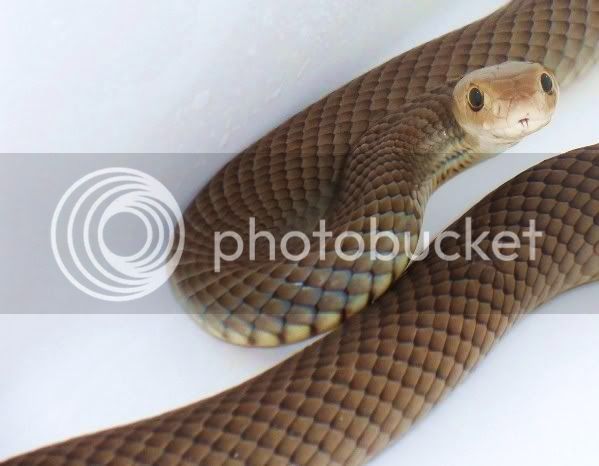
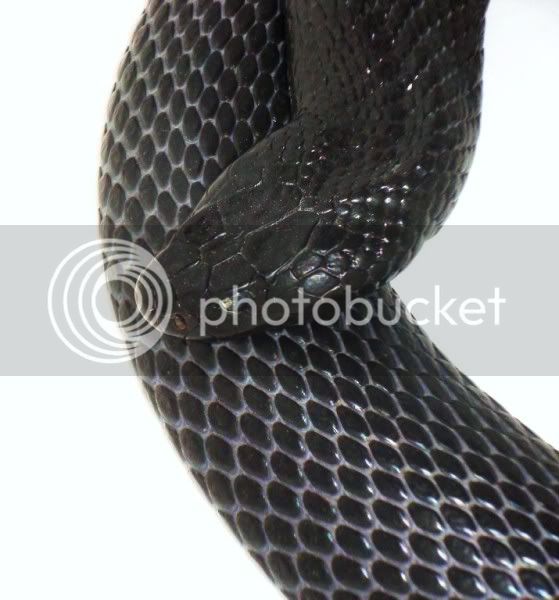
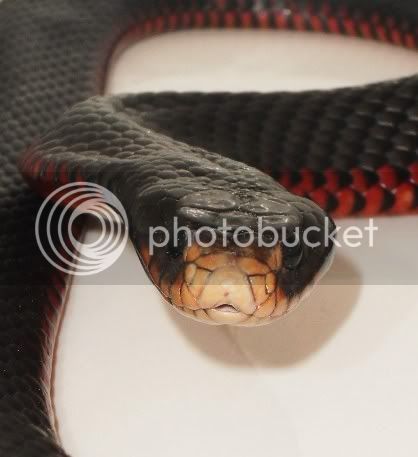
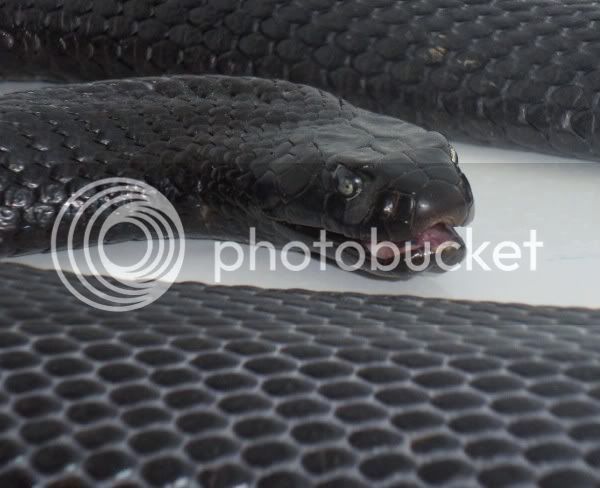
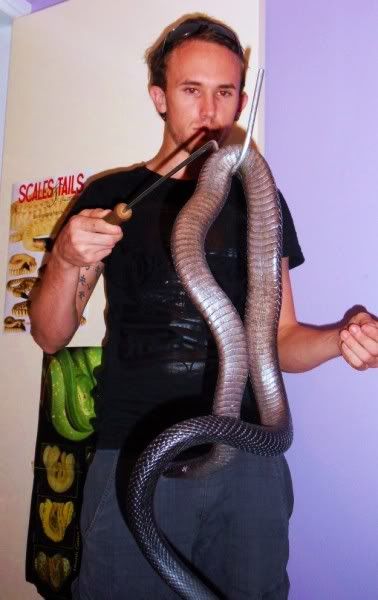
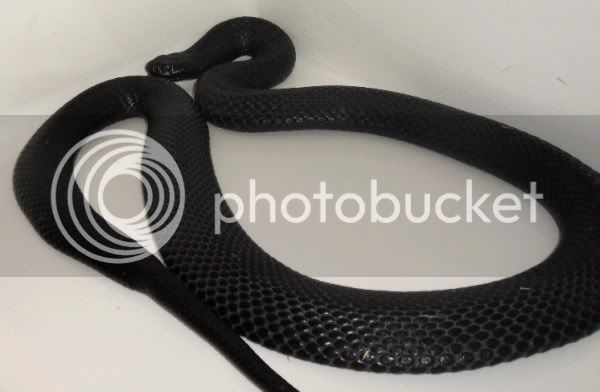
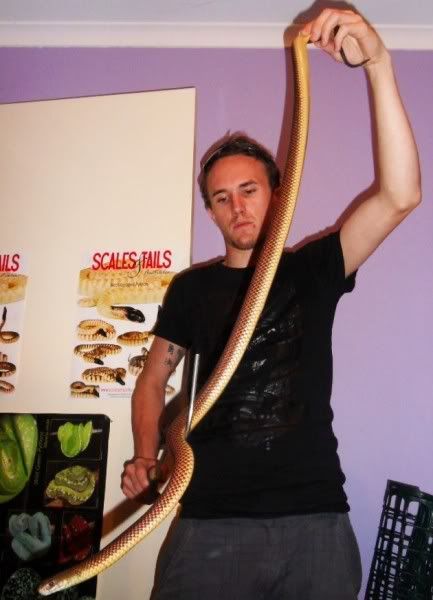
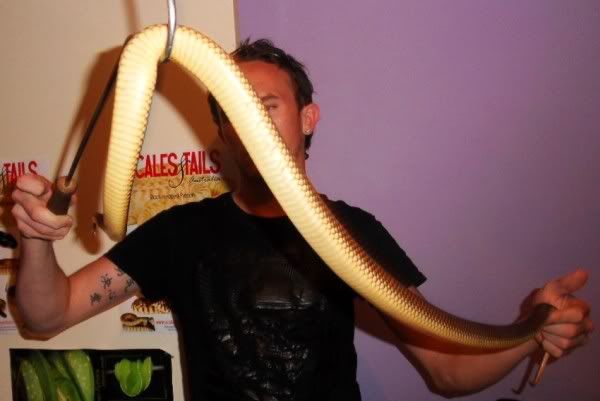
Just thought I would tell you a bit more about 'fluffy' ...Poor ole mate didnt make it ..he was a callout that by the time the guy rang me ,sadly ,fluffy was on his way out ..He had been caught up in a staircase and chose the wrong gap to try and squeeze through ..he was all but alive but had passed on by the time I got there by about 15mins or so ..he got cooked by the sun ...so I took him back had a real interesting poke around ,finding new things out about eastern browns ,like one side when I sexed him was a bit longer then the other and the size of the fangs(knew they were small) and the set up of the fangs amazing animals(in bottom pic you can see the reserve fang) ,also was able to 'pop' it and get alook at the sex organs , that I never would have seen ,if he wasnt dead ...and after that gave him the respect he deserved ..a watery grave ...Yeah Mark fluffy sits 'dead' still ....
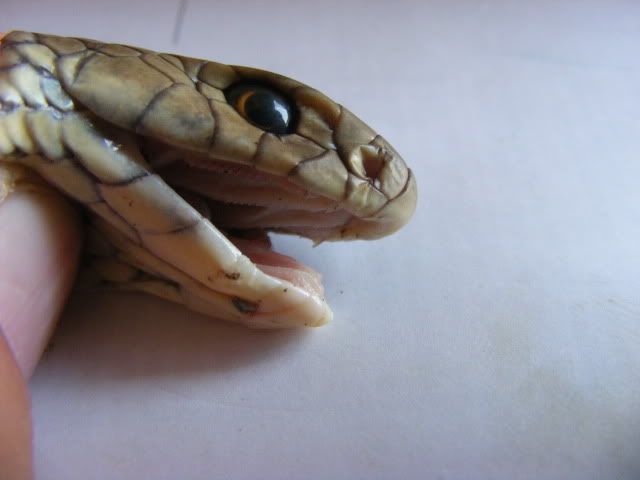
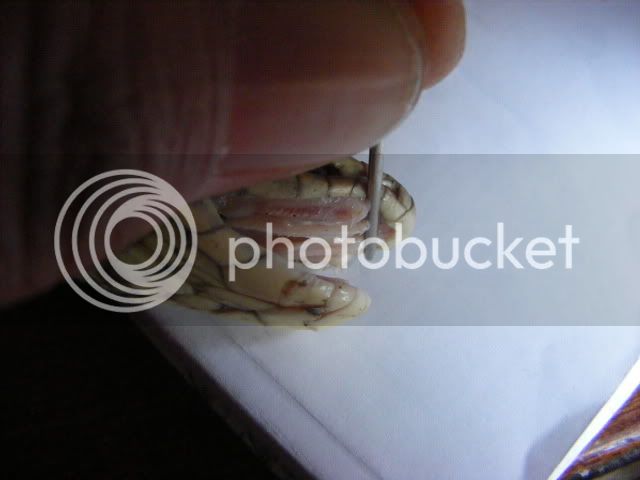
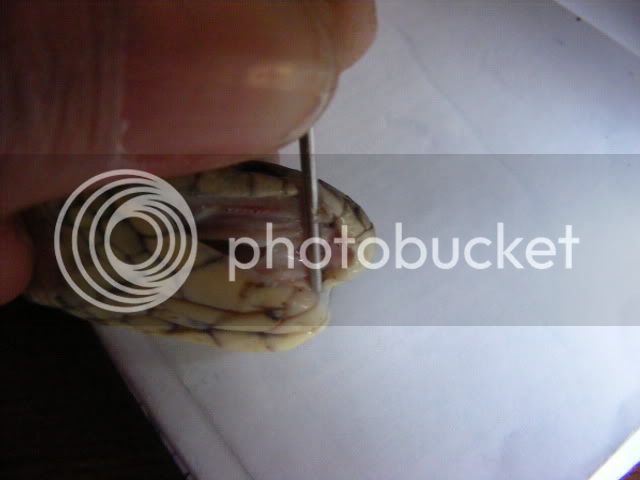
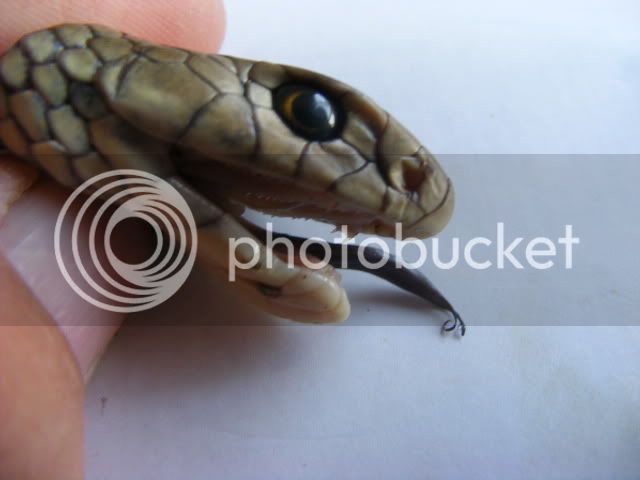
does that mean that the only pseudechis left is red belly?
Their some nice snakes you have... Was just wondering if they are just ornamental or if you brave the challenge and handle them...
Their some nice snakes you have... Was just wondering if they are just ornamental or if you brave the challenge and handle them...
I tell you Scott ..I was extra careful around the bitey end ..as you said even dead can still do the trick ...One thing must be remembered that dead snakes can and have caused envenomations. Also muscle contractions can still cause jerking movements and even bites. Even dead snakes should be handled with care.
I know of one bloke who got "bitten" by a frozen Eastern Brown when he reached into the freezer (he was not envenomated but it gave him a scare).
Cheers,
Scott
Enter your email address to join: